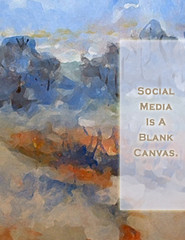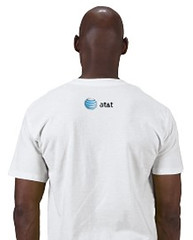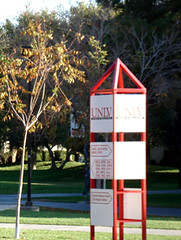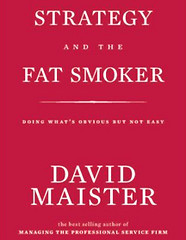The United States may have created the Internet but Chinese youth are catching up and will outpace American youth online, according to a study released by the IAC, which is an interactive conglomerate operating more than 60 diversified brands in sectors being transformed by the Internet, and JWT, the largest advertising agency brand in the United States and the fourth-largest full-service network in the world.
Currently, China’s online population, at an estimated 137 million, is now second only to the United States, estimated to be between 165 and 201 million, according to Pew Internet & American Life Project. But it is attitude more than the numbers that distinguishes American and Chinese youth, with the latter being more expressive online.
While a large majority of youth in both countries feel dependent on digital technology, the attitude is especially pronounced in China. As many as 80 percent of Chinese respondents agreed that "Digital technology is an essential part of how I live" compared with 68 percent of Americans.
"The Chinese people seem to be way ahead of Americans in living a digital life," noted IAC Chairman and CEO Barry Diller today in Beijing, where he spoke to more than 350 Chinese students at Peking University. "More activity online means a more connected and a more evolved workforce - just what China needs as it makes its move from being the workshop of the world, to a developed economy in its own right."
"Like many other areas in comparing Americans to the energy and progress elsewhere in the world, China's speedy evolution in its use of the Internet is fast eclipsing that of the US. I think this is great for China, not so great for us," he added.
One of the most striking differences was that fewer than half of Americans (43 percent) agreed that "I often use the Internet to find the opinions of others or to share my opinions." By contrast, China's culture and political environment place less emphasis on personal views and almost three-quarters (73 percent) of Chinese respondents said they go online to share opinions.
The study pinpointed one difference as to how Chinese view anonymity online. Chinese respondents were almost twice as likely as Americans to agree that it's good to be able to express honest opinions anonymously online (79 percent vs. 42 percent) and to agree that online they are free to do and say things they would not do or say offline (73 percent vs. 32 percent).
What’s interesting to note about this is as Americans grapple with and abuse anonymity while preaching transparency and content controls, these issues may not be a global view nor even the view of the Internet’s majority in a few short years. As one pointed YouTube video reminds us, things change.

Currently, China’s online population, at an estimated 137 million, is now second only to the United States, estimated to be between 165 and 201 million, according to Pew Internet & American Life Project. But it is attitude more than the numbers that distinguishes American and Chinese youth, with the latter being more expressive online.
While a large majority of youth in both countries feel dependent on digital technology, the attitude is especially pronounced in China. As many as 80 percent of Chinese respondents agreed that "Digital technology is an essential part of how I live" compared with 68 percent of Americans.
"The Chinese people seem to be way ahead of Americans in living a digital life," noted IAC Chairman and CEO Barry Diller today in Beijing, where he spoke to more than 350 Chinese students at Peking University. "More activity online means a more connected and a more evolved workforce - just what China needs as it makes its move from being the workshop of the world, to a developed economy in its own right."
"Like many other areas in comparing Americans to the energy and progress elsewhere in the world, China's speedy evolution in its use of the Internet is fast eclipsing that of the US. I think this is great for China, not so great for us," he added.
One of the most striking differences was that fewer than half of Americans (43 percent) agreed that "I often use the Internet to find the opinions of others or to share my opinions." By contrast, China's culture and political environment place less emphasis on personal views and almost three-quarters (73 percent) of Chinese respondents said they go online to share opinions.
The study pinpointed one difference as to how Chinese view anonymity online. Chinese respondents were almost twice as likely as Americans to agree that it's good to be able to express honest opinions anonymously online (79 percent vs. 42 percent) and to agree that online they are free to do and say things they would not do or say offline (73 percent vs. 32 percent).
What’s interesting to note about this is as Americans grapple with and abuse anonymity while preaching transparency and content controls, these issues may not be a global view nor even the view of the Internet’s majority in a few short years. As one pointed YouTube video reminds us, things change.



































